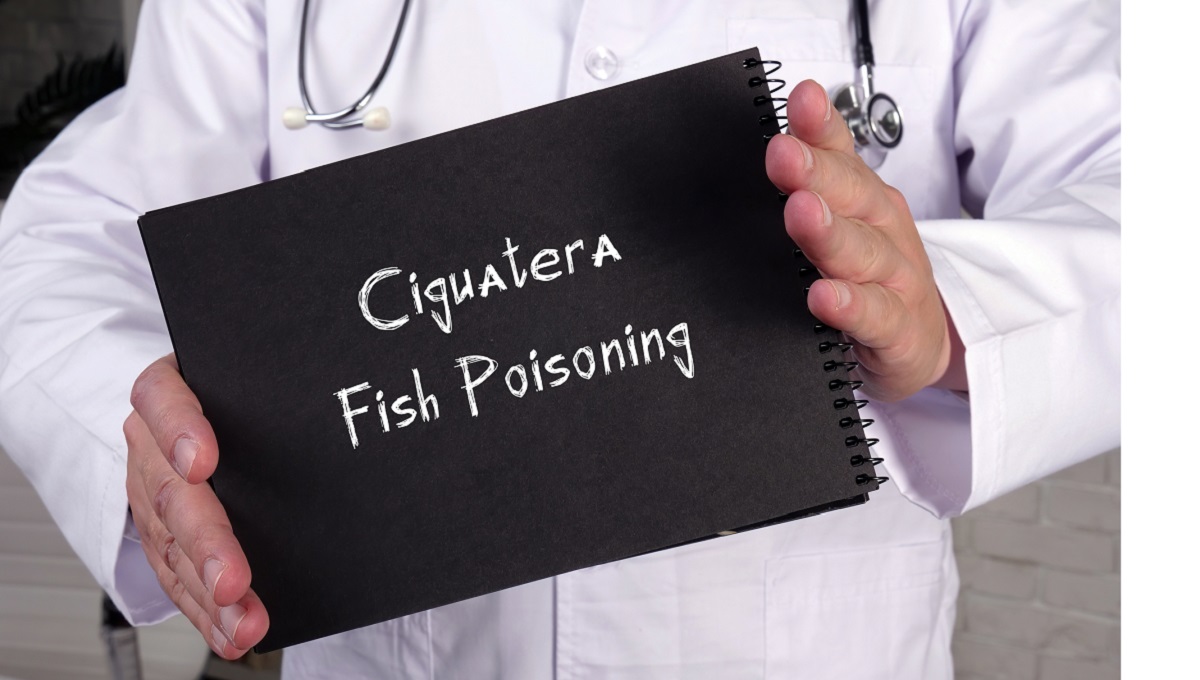Scientists are helping researchers in Cuba find dangerous toxins in marine algae that can lead to outbreaks from contaminated seafood. The International Atomic Energy Agency (IAEA) has been building capacity for monitoring ciguatera using nuclear and isotopic techniques to identify seafood biotoxins. Ciguatoxins are a class of algal toxins.
They enter the food chain by consuming Ciguatoxin-containing algae by fish and shellfish and accumulating in larger predatory fish. IAEA has arranged training in Cuba on using a receptor binding assay to detect ciguatoxins in samples containing multiple toxin variants. This helps local scientists identify fish at high risk from ciguatoxin contamination and make decisions about seafood safety.

This technology is now a recognized regulatory method for certifying the safety of seafood, such as shellfish, imported to the European Union. Mitigating the problem Early detection of harmful algal blooms that produce ciguatoxins has helped Caribbean nations to implement early warning systems for seafood safety. Alejandro Garcia Moya, director of the Environmental Studies Centre of Cienfuegos, said: “The IAEA workshops to transfer knowledge on marine toxin monitoring and management techniques are a key aspect in capacity building and strengthening in small islands developing states and consequently have a direct impact on the management of harmful algal blooms and their effects on our marine environments and the people relying on them.
” Ciguatera.























